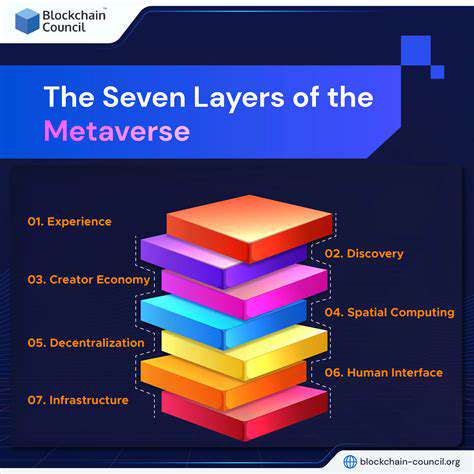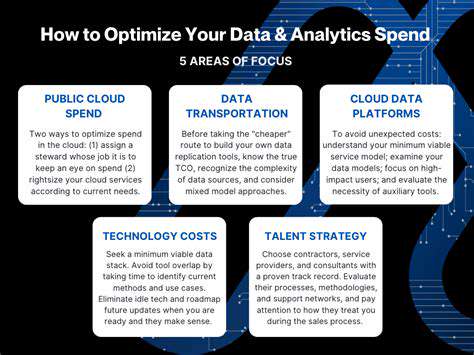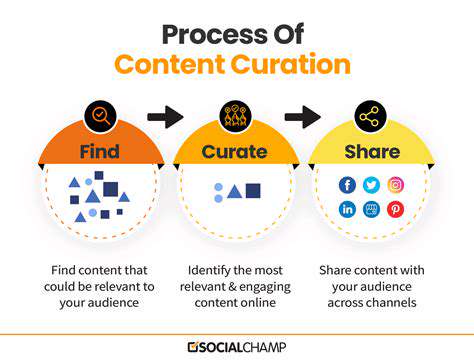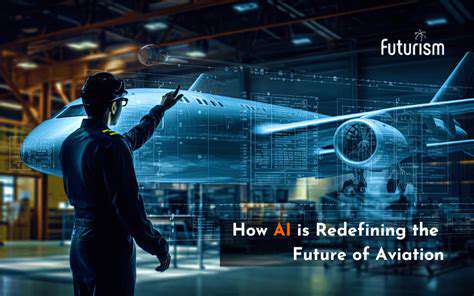The Ethical Implications of AI Generated Virtual Humans

The Growing Demand for Synthetic Personas
Businesses and consumers alike are witnessing an unprecedented surge in demand for virtual assistants, chatbots, and interactive characters across multiple domains. From streamlining customer support to enriching gaming experiences, these digital entities are transforming human-machine interactions. What began as simple scripted responses has evolved into dynamic conversations that closely mirror human communication patterns.
Organizations are particularly drawn to synthetic personas for their operational advantages. By automating routine inquiries and transactions, companies can reallocate human resources to areas requiring emotional intelligence and creative problem-solving. This strategic shift is reshaping workforce dynamics across industries.
The Technical Advancements Driving Synthetic Personas
Modern synthetic personas stand on the shoulders of groundbreaking innovations in computational linguistics and adaptive learning systems. Contemporary natural language processing models demonstrate remarkable proficiency in parsing speech patterns, interpreting context, and generating coherent responses. These systems now incorporate memory mechanisms that enable continuity across conversations, a feature that dramatically enhances user experience.
The training methodologies for these models have become increasingly sophisticated. Rather than simply analyzing static datasets, current systems engage in continuous learning from real-world interactions, allowing for organic evolution of conversational capabilities.
Ethical Considerations in the Use of Synthetic Personas
As synthetic personas become more prevalent, society faces complex questions about digital ethics and transparency. One pressing concern involves the potential for these entities to inadvertently perpetuate harmful stereotypes present in their training data. Developers must implement rigorous auditing processes to identify and mitigate algorithmic biases before deployment.
Another critical issue centers on disclosure practices. Industry standards are emerging regarding when and how to inform users they're interacting with artificial entities. Some jurisdictions are considering regulatory frameworks to ensure responsible implementation of this technology in sensitive domains such as healthcare and financial services.
Applications of Synthetic Personas Across Industries
The versatility of synthetic personas enables transformative applications across multiple sectors:
- In retail environments, they provide personalized shopping recommendations while reducing wait times for customer inquiries
- Educational platforms leverage them to create adaptive learning companions that adjust to individual student needs
- Media companies utilize these digital entities to craft interactive narratives that respond to audience input in real-time
The Future of Synthetic Personas: Emerging Trends
Next-generation synthetic personas will likely incorporate advanced emotional recognition capabilities, allowing them to respond appropriately to user sentiment. Researchers are exploring multimodal systems that combine verbal communication with appropriate nonverbal cues in virtual environments. The integration of episodic memory systems promises to create more coherent long-term interactions with users.
Another promising development involves domain specialization, where personas develop expertise in specific fields through targeted training, potentially surpassing human capabilities in certain knowledge areas.
Challenges and Limitations of Synthetic Personas
Despite rapid progress, several technical hurdles remain. Maintaining contextual awareness during extended dialogues continues to challenge developers, particularly when conversations span multiple sessions. The uncanny valley phenomenon poses another obstacle, as personas that approach but don't quite achieve human-like behavior can create user discomfort.
Resource requirements present practical constraints as well. Training sophisticated models demands significant computational power and energy consumption, raising questions about the environmental impact of widespread adoption.
Read more about The Ethical Implications of AI Generated Virtual Humans
Hot Recommendations
- Immersive Culinary Arts: Exploring Digital Flavors
- The Business of Fan Funded Projects in Entertainment
- Real Time AI Powered Dialogue Generation in Games
- Legal Challenges in User Generated Content Disclaimers
- Fan Fiction to Screenplays: User Driven Adaptation
- The Evolution of User Driven Media into Global Entertainment
- The Ethics of AI in Copyright Protection
- Building Immersive Narratives for Corporate Training
- The Impact of AI on Music Discovery Platforms
- AI for Audience Analytics and Personalized Content











